Case Number : Case 3061 - 31 March 2022 Posted By: Saleem Taibjee
Please read the clinical history and view the images by clicking on them before you proffer your diagnosis.
Submitted Date :
36F punch biopsy left axilla, 3-4 years duration ?morphoea ?Lichen sclerosus

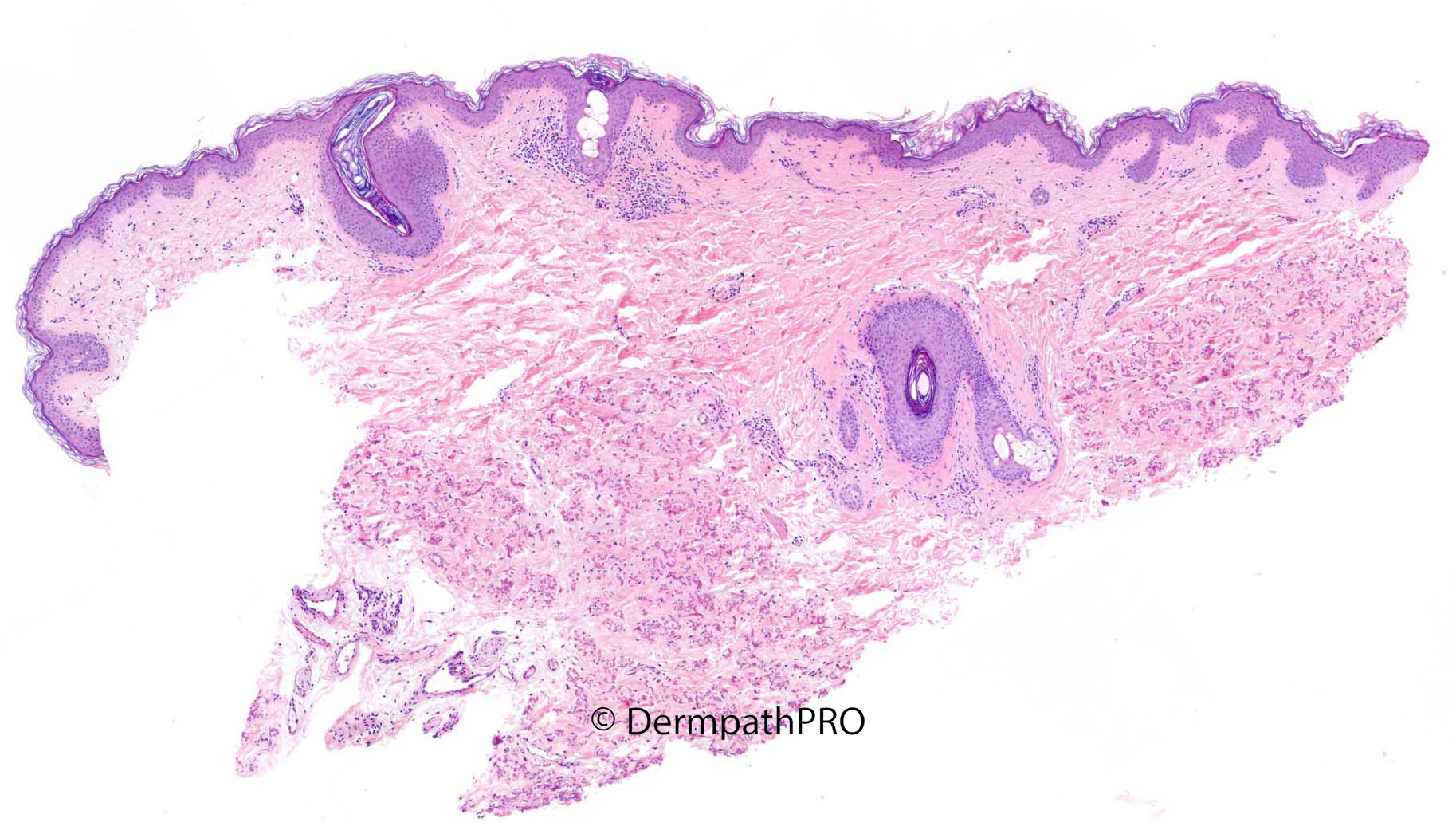
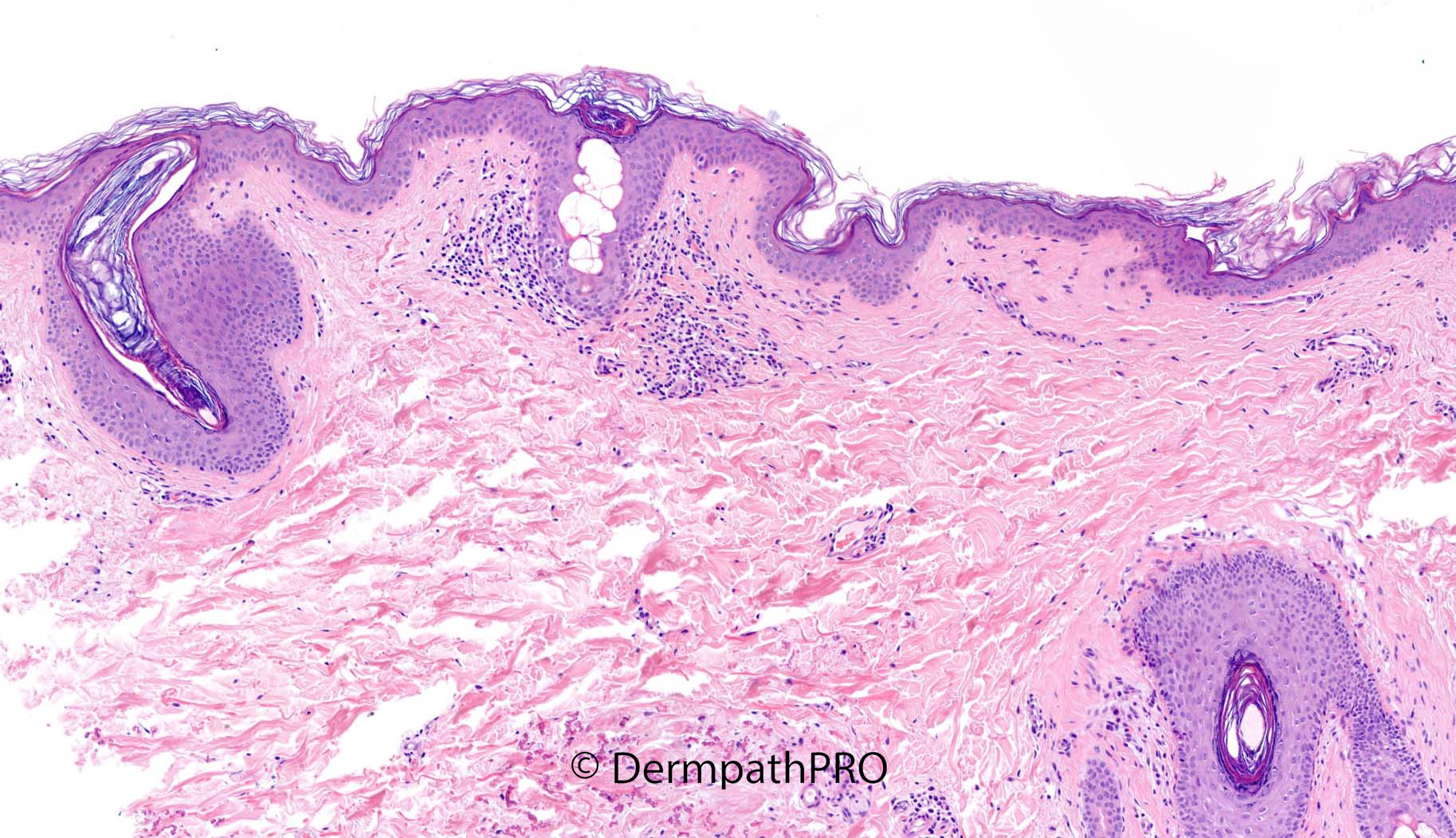
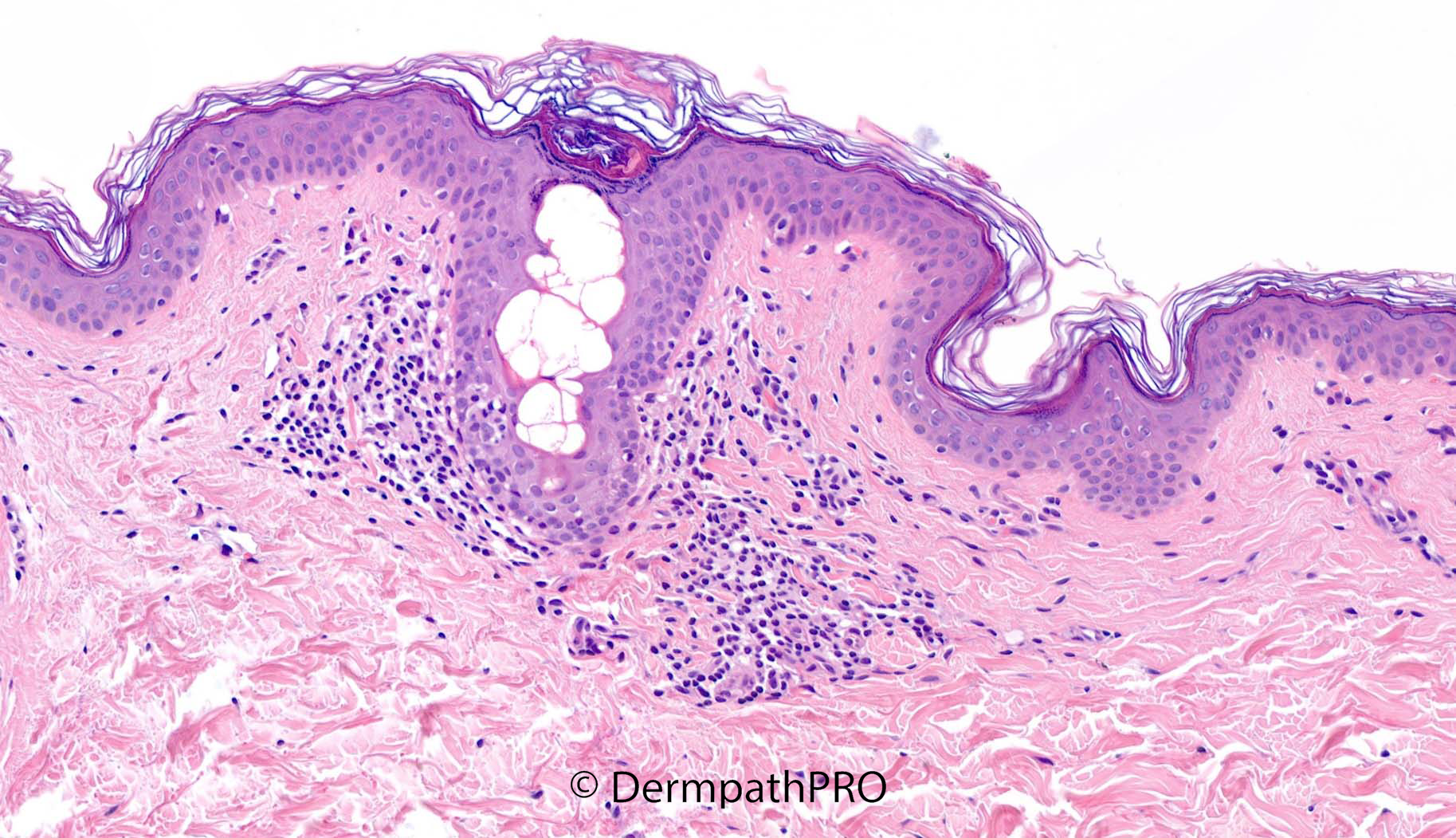
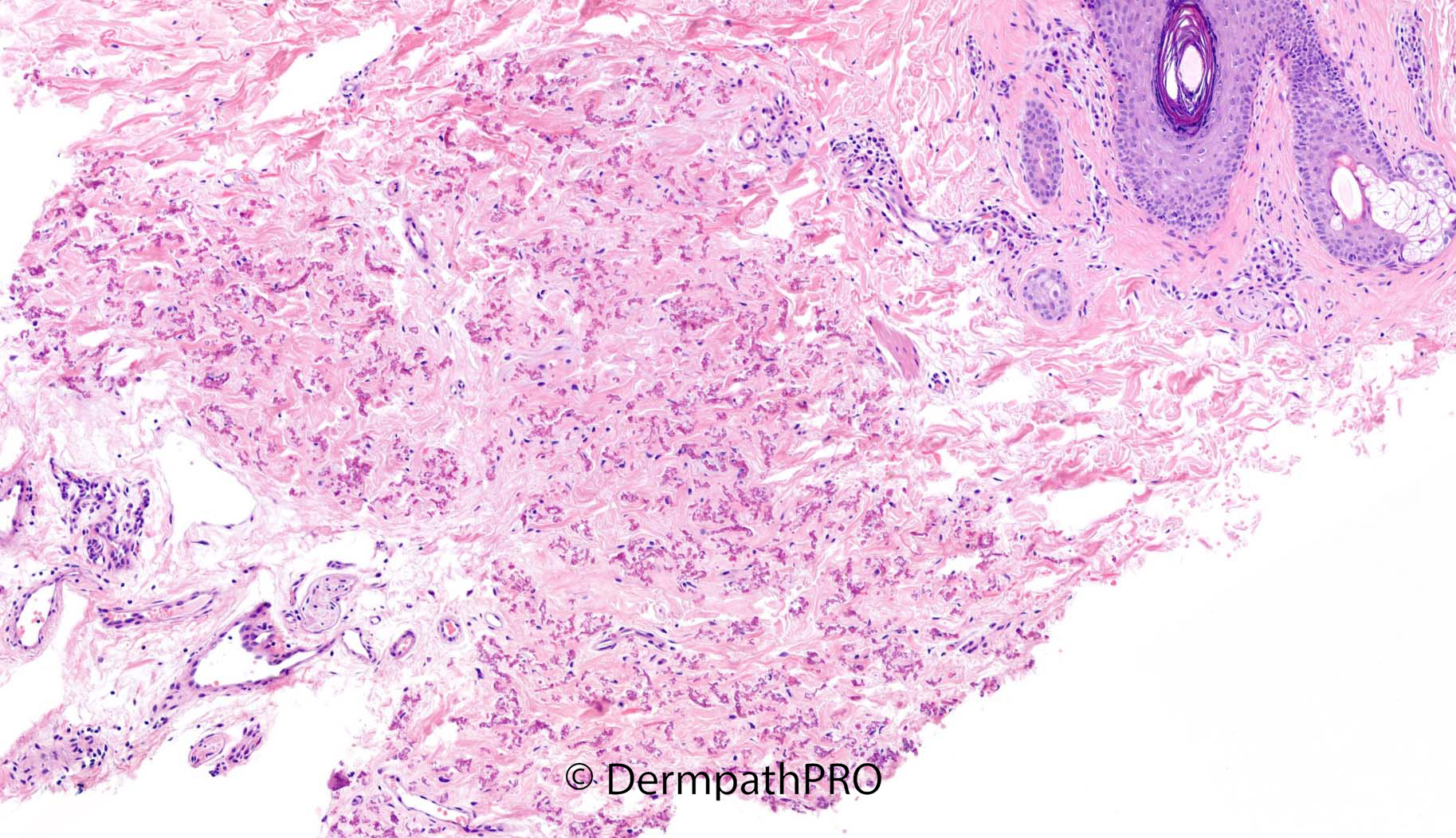
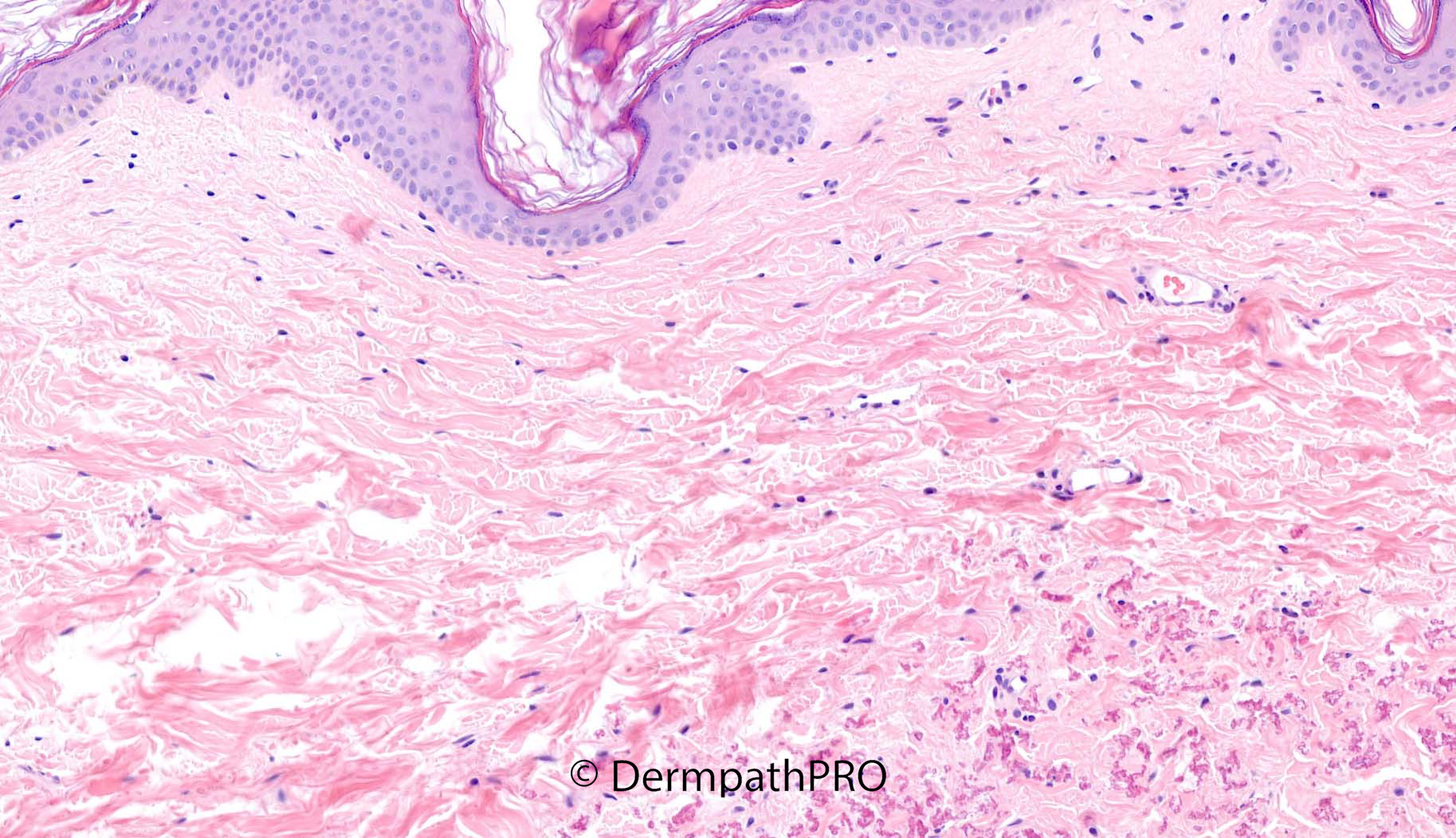

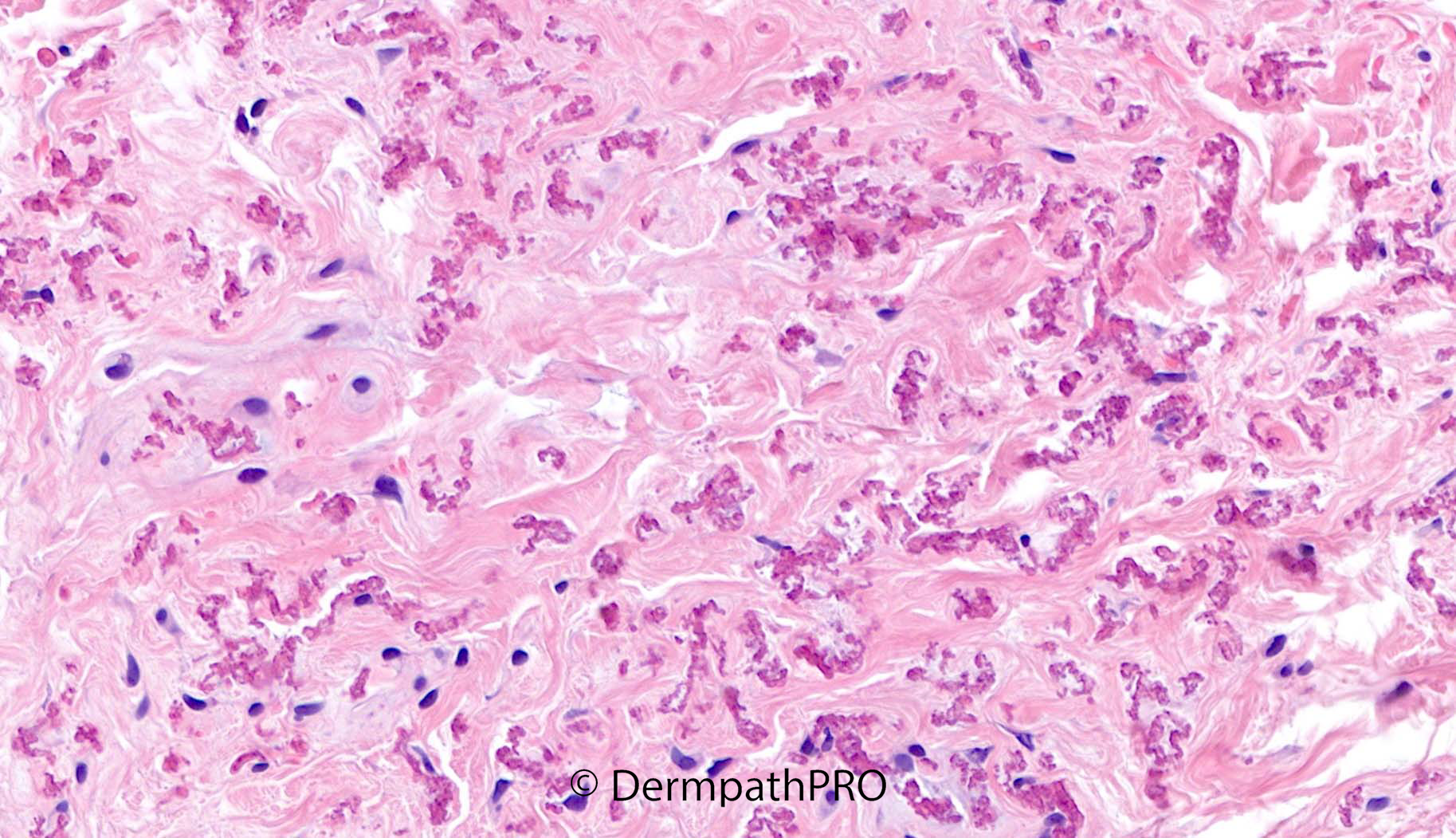
Join the conversation
You can post now and register later. If you have an account, sign in now to post with your account.